Presenting more than 200 pieces of furniture and objects in an astonishingly assorted selection of materials produced between 1981 and 1986 for the Memphis collection, is the stellar exhibition ‘Memphis Again’. Presented by Triennale Milano and Memphis Milano and curated by Swiss-born designer Christoph Radl, the exhibition will be held in the Curva gallery at Triennale from 18 May to 12 June 2022. The plethora of showcases will range from bookshelves, dividers, vetrines, rugs in a potpourri of materials both mundane and unconventional by prominent names like Ettore Sottsass, Michele De Lucchi, George J. Sowden, Martine Bedin, Andrea Branzi, Shiro Kuramata, Marco Zanini, Matteo Thun, Peter Shire, Aldo Cibic, Nathalie Du Pasquier, Gerard Taylor and Masanori Umeda among others. “Memphis does not deny functional utopia, but it looks at functionality with a wider vision, more as an anthropologist than as a marketing specialist,” says Barbara Radice, artistic director of Memphis, 1981. “Function therefore not only in respecting ergonomic norms or salability statistics, but also in respecting a vision of public necessity, a historic push,” she added.
The 100 metre long In the Curva gallery will feature objects which will be assembled in a chronological order, just like a fashion show with quotes by critics, architects and designers projected on the walls. In the spaces oozing with art, the observer will be the one striding along the catwalk, drowning in its nightclub-like aura, owing to the furniture and the music by Seth Troxler.
The exhibition, aligning to its vision back in 1981, aims to make observers pay heed to the expressive and cultural possibilities of a design, a perception far beyond mere marketing. ‘Memphis again’, in its essence, is neither an homage or a historicisation. Memphis, conceived from a cultural movement initiated by Ettore Sottsass in 1981, moved forward with an objective to curb the language of design and architecture. It was born to serve an alternative approach to a design that is perceived specifically to solve industrial functional problems, while underlining the emotional, psychological side and aspect of the issue and of the discipline.
Each designer was given absolute freedom to design what they wanted and the design process was stripped off all undue restraints. Later, a company to distribute and sell was founded when it deviated from being a cultural phenomenon to becoming, as expected, projects and prototypes. “I would have loved to suggest a sort of non-cultural iconographic, a culture that belongs to no one (not an anonymous culture), but the iconography of a culture that is not used and not usable, not because it doesn't exist, not even because it is not utilised, but because it can’t be looked at, because it is not considered, because it doesn't belong, because it looks like it doesn't exist in known culture, and maybe it doesn't even produce culture,” shares Italian architect Ettore Sottsass. “These areas of non-culture, these areas of ‘no one’s culture’ do exist,” he adds.
The importance of Memphis for the world of design can also be seen in Triennale's Museo del Design Italiano, where the display ends in 1981. With objects, photographs and graphic designs, it offers a special focus on how this cultural movement marked the start of a new era in the production of design both in Italy and around the world. From its inception, Memphis’ design displayed a fresh expressive concept pertaining to new shapes, new materials, new patterns, and that has reimagined living habits by revolutionizing their logic and conquering the design world. With ‘Memphis Again’, concocted in collaboration, Memphis continues to influence the public’s taste in the fashion industry, in cinema and in television.






 Sign in with email
Sign in with email


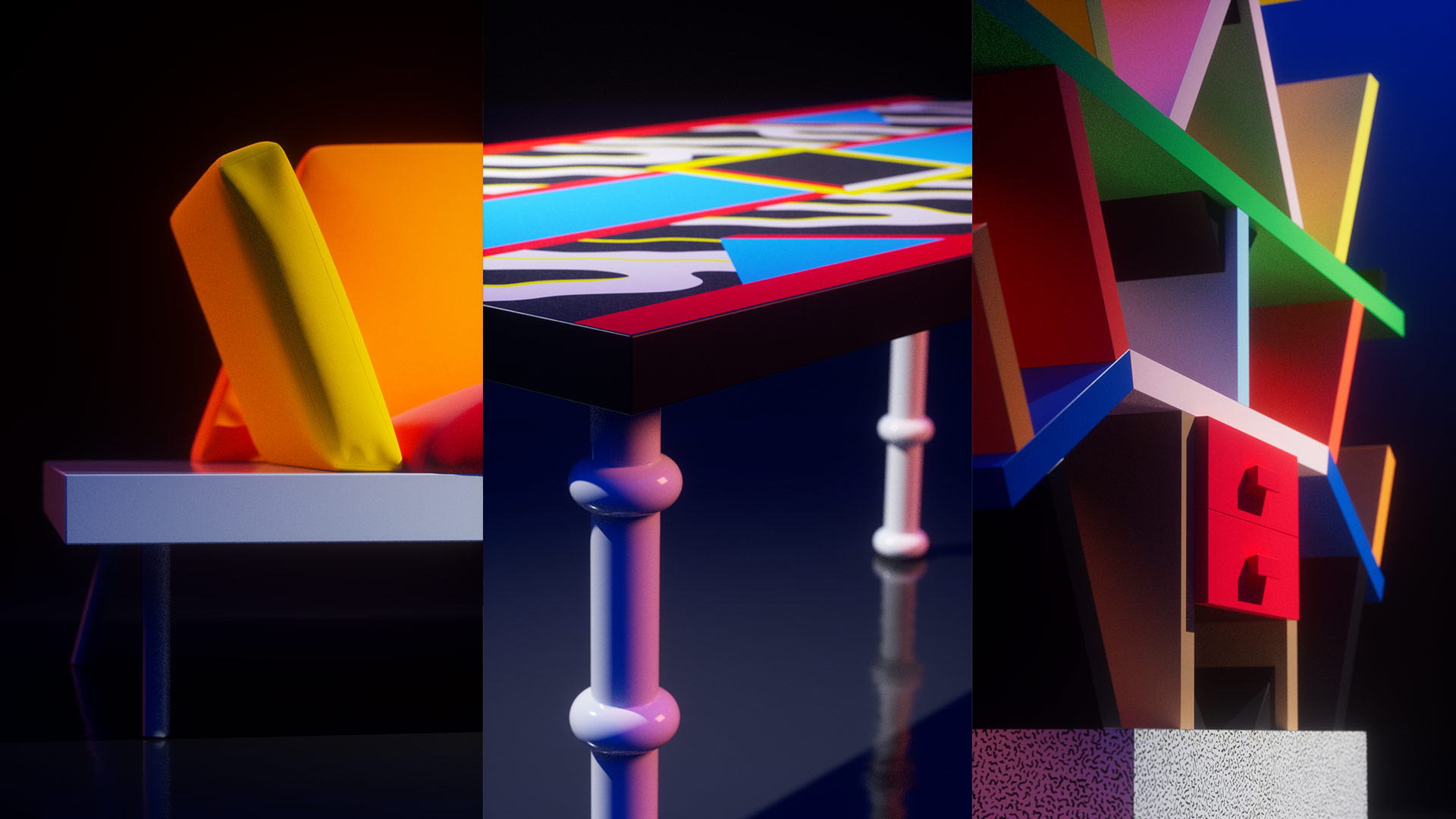
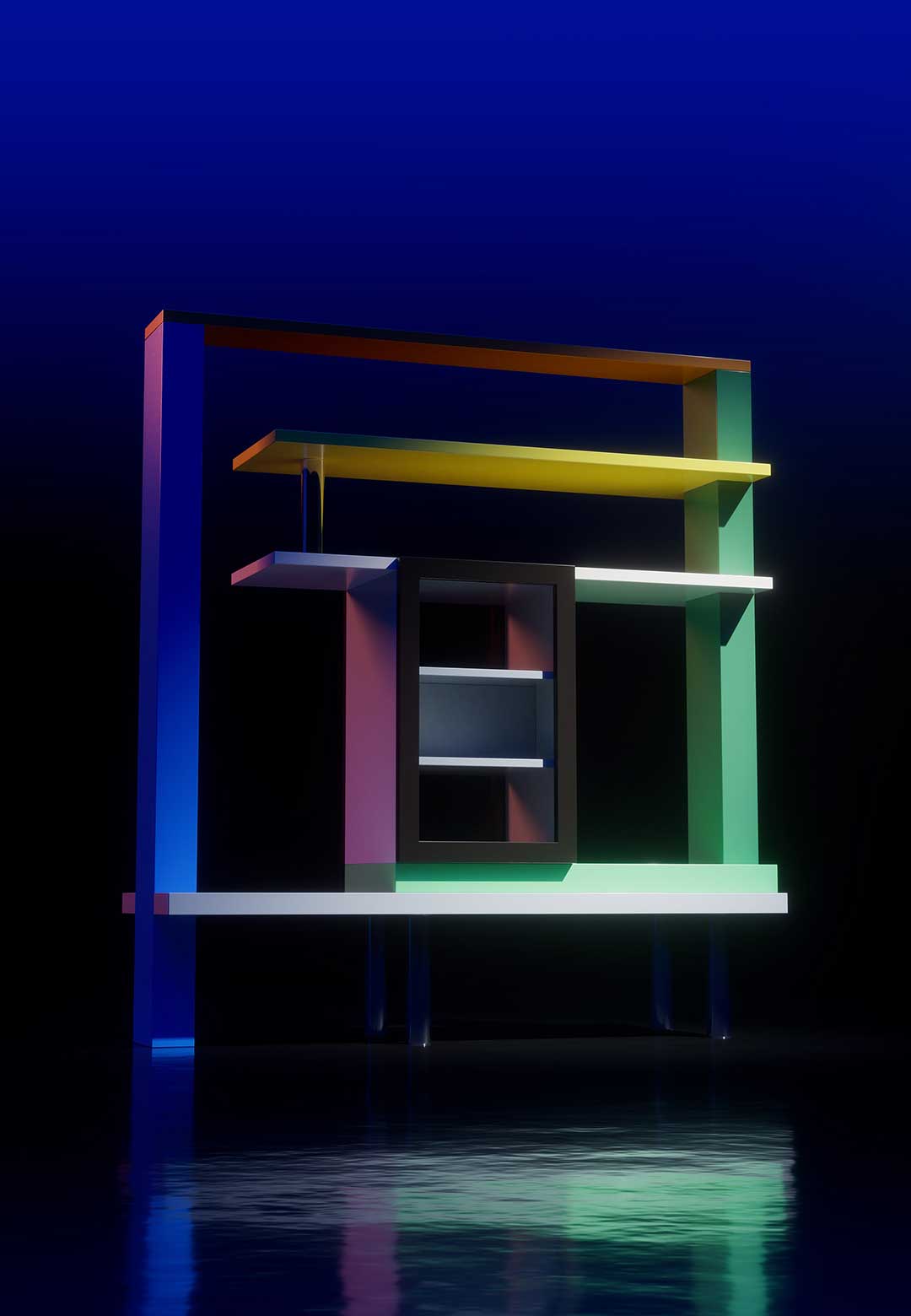


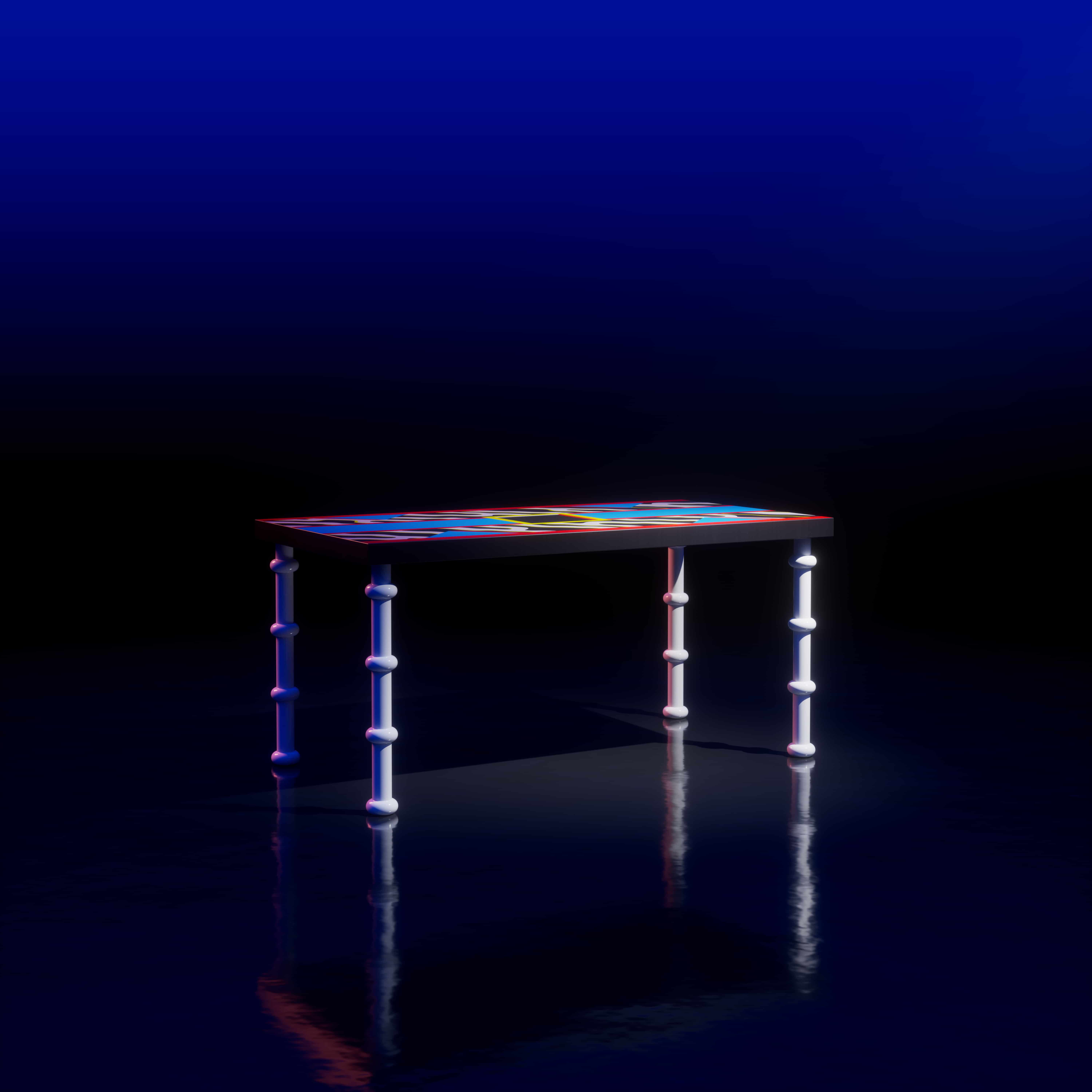
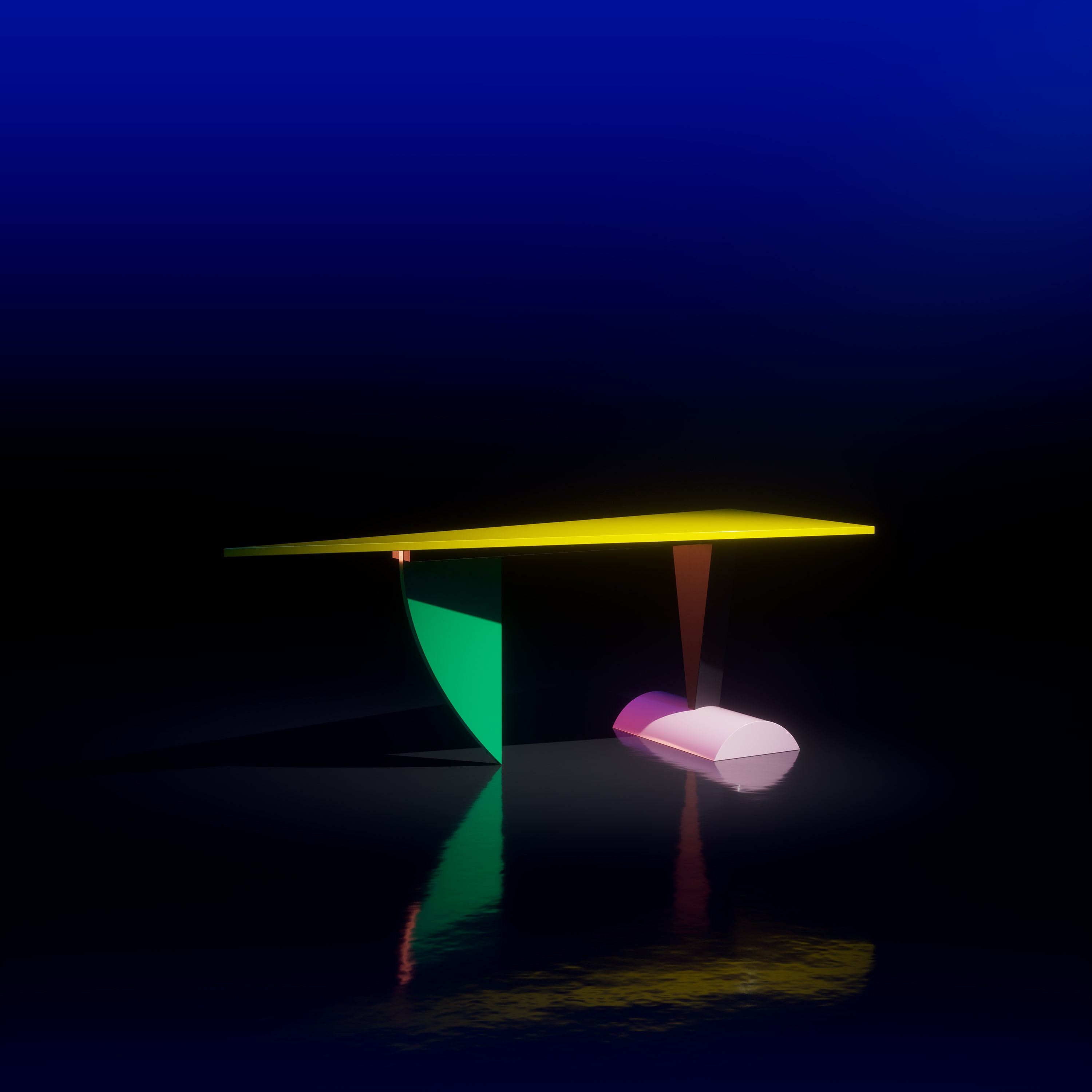
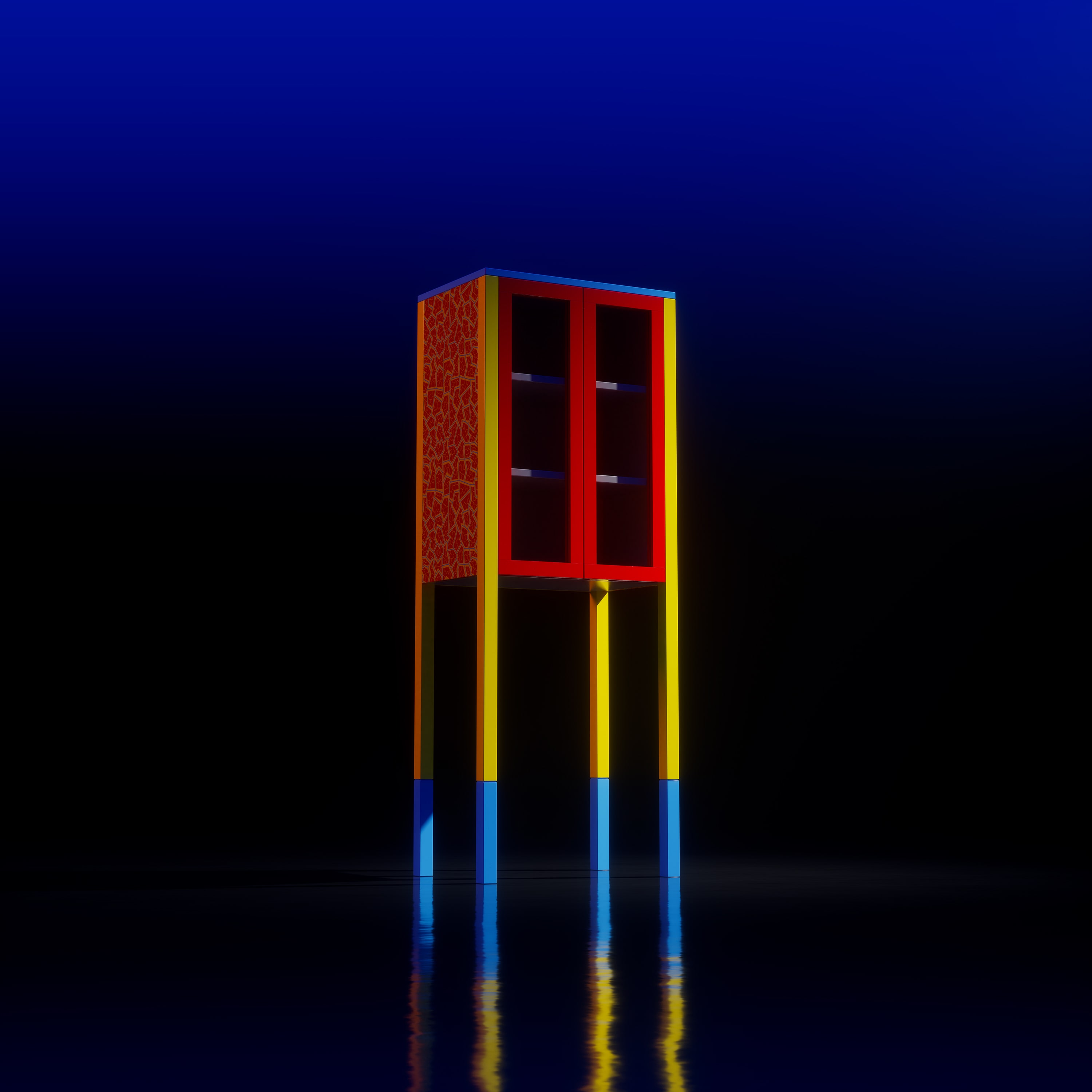
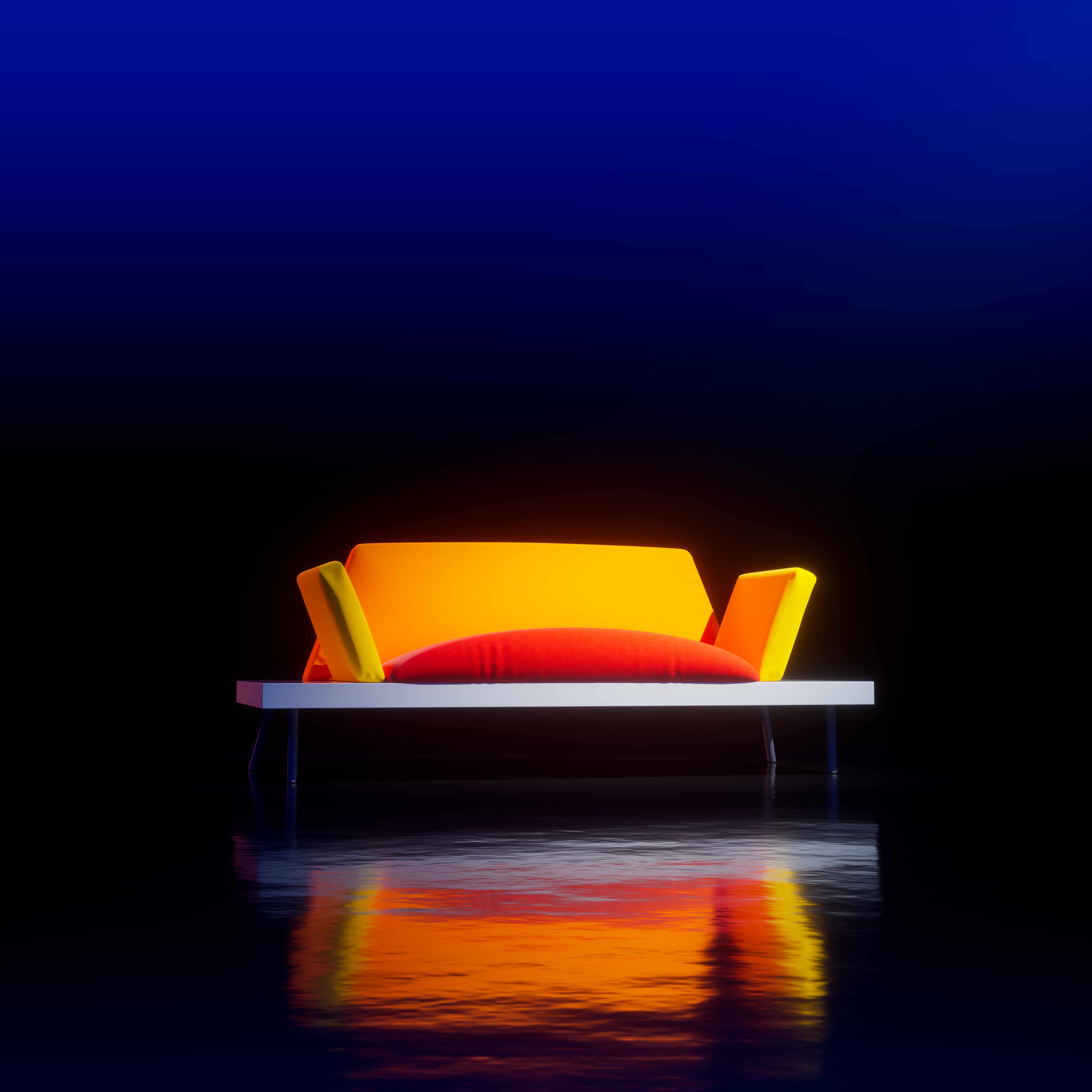

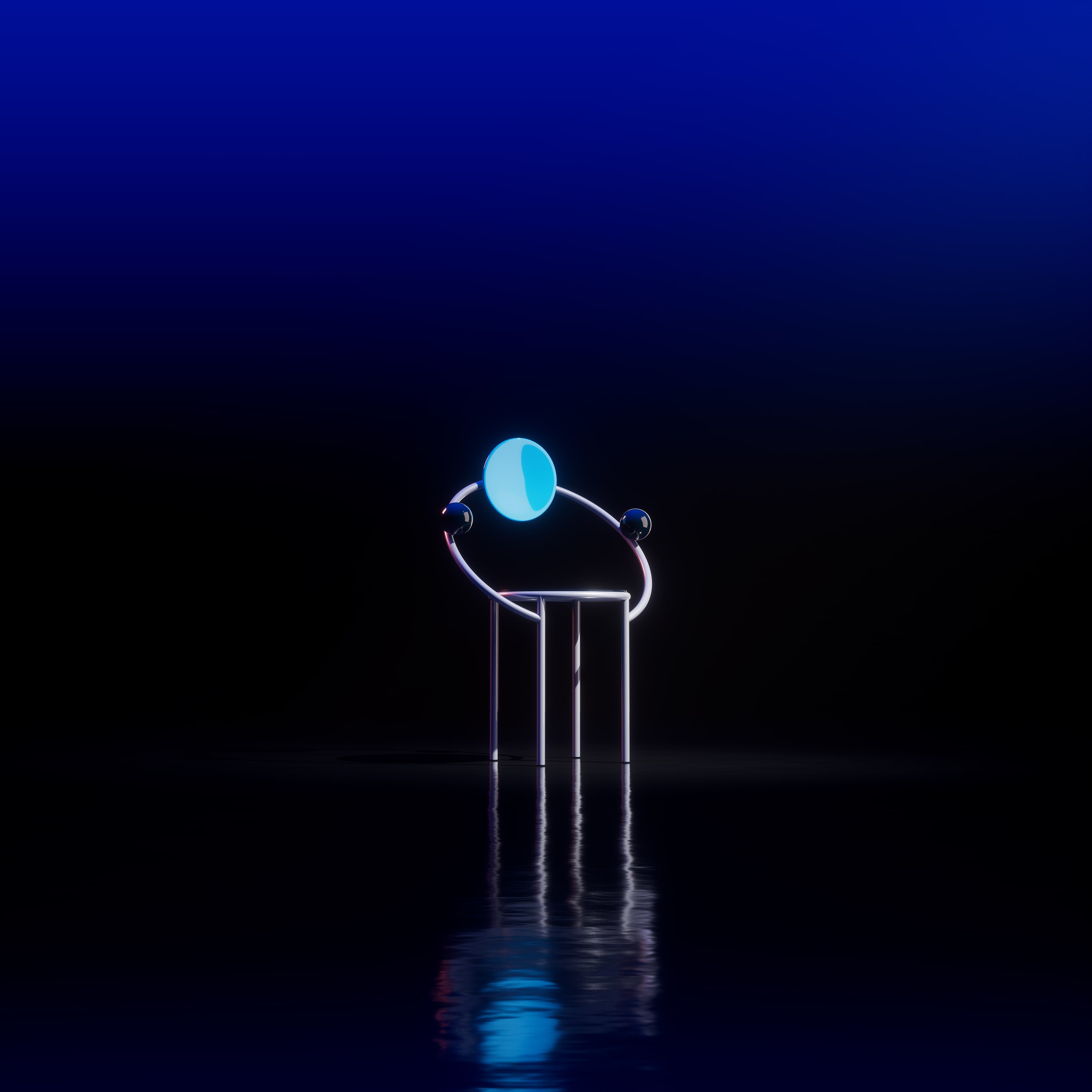






What do you think?